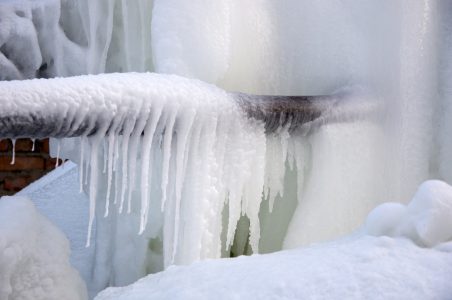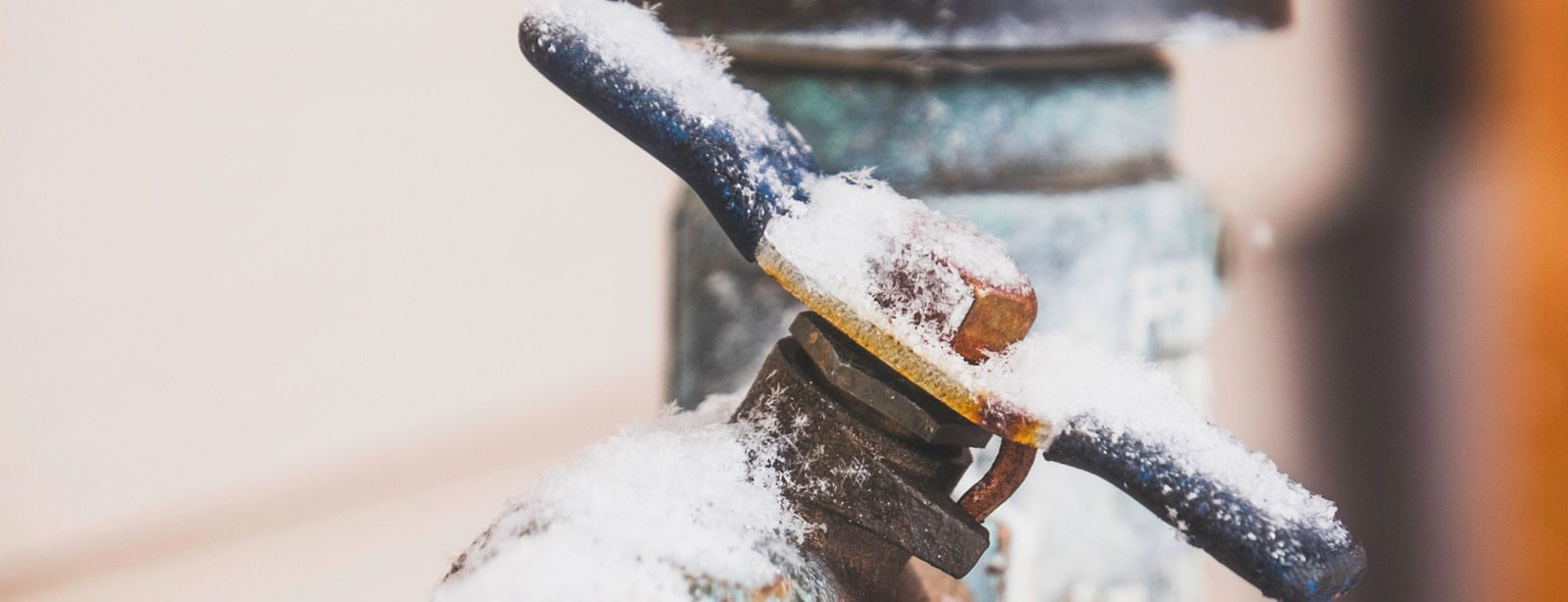Ways to Maintain Your Pipes from Freezing Issues: Essential Advice
Ways to Maintain Your Pipes from Freezing Issues: Essential Advice
Blog Article
We have uncovered the article about Helpful Tips to Prevent Frozen Pipes this Winter directly below on the internet and decided it made good sense to quickly share it with you on this page.

Cold weather can ruin your plumbing, specifically by freezing pipes. Here's exactly how to stop it from happening and what to do if it does.
Introduction
As temperature levels decline, the threat of icy pipes boosts, potentially resulting in costly fixings and water damage. Understanding exactly how to prevent frozen pipes is essential for home owners in cold environments.
Avoidance Tips
Shielding prone pipes
Cover pipelines in insulation sleeves or utilize warm tape to secure them from freezing temperatures. Focus on pipes in unheated or outside areas of the home.
Heating methods
Keep indoor areas properly heated up, specifically locations with pipes. Open up cabinet doors to permit warm air to circulate around pipelines under sinks.
How to determine icy pipelines
Seek lowered water flow from faucets, uncommon odors or noises from pipelines, and visible frost on revealed pipes.
Long-Term Solutions
Structural modifications
Consider rerouting pipelines away from exterior wall surfaces or unheated locations. Add added insulation to attics, basements, and crawl spaces.
Updating insulation
Purchase top quality insulation for pipelines, attics, and walls. Correct insulation aids maintain constant temperature levels and lowers the danger of frozen pipes.
Securing Outside Plumbing
Garden pipes and outside faucets
Detach and drain pipes garden pipes before winter season. Mount frost-proof faucets or cover outdoor taps with insulated caps.
Comprehending Icy Pipelines
What causes pipelines to ice up?
Pipes ice up when exposed to temperatures listed below 32 ° F (0 ° C) for extended durations. As water inside the pipelines ices up, it expands, taxing the pipeline walls and potentially causing them to rupture.
Dangers and problems
Icy pipelines can lead to water supply interruptions, building damages, and costly repair services. Burst pipelines can flooding homes and create extensive structural damages.
Signs of Frozen Water Lines
Identifying frozen pipelines early can stop them from rupturing.
What to Do If Your Pipelines Freeze
Immediate actions to take
If you presume icy pipelines, keep taps available to alleviate pressure as the ice melts. Use a hairdryer or towels taken in hot water to thaw pipes gradually.
Final thought
Preventing icy pipelines calls for aggressive measures and fast reactions. By understanding the reasons, indicators, and preventive measures, house owners can safeguard their pipes throughout cold weather.
5 Ways to Prevent Frozen Pipes
Drain Outdoor Faucets and Disconnect Hoses
First, close the shut-off valve that controls the flow of water in the pipe to your outdoor faucet. Then, head outside to disconnect and drain your hose and open the outdoor faucet to allow the water to completely drain out of the line. Turn off the faucet when done. Finally, head back to the shut-off valve and drain the remaining water inside the pipe into a bucket or container. Additionally, if you have a home irrigation system, you should consider hiring an expert to clear the system of water each year.
Insulate Pipes
One of the best and most cost-effective methods for preventing frozen water pipes is to wrap your pipes with insulation. This is especially important for areas in your home that aren’t exposed to heat, such as an attic. We suggest using foam sleeves, which can typically be found at your local hardware store.
Keep Heat Running at 65
Your pipes are located inside your walls, and the temperature there is much colder than the rest of the house. To prevent your pipes from freezing, The Insurance Information Institute suggests that you keep your home heated to at least 65 degrees, even when traveling. You may want to invest in smart devices that can keep an eye on the temperature in your home while you’re away.
Leave Water Dripping
Moving water — even a small trickle — can prevent ice from forming inside your pipes. When freezing temps are imminent, start a drip of water from all faucets that serve exposed pipes. Leaving a few faucets running will also help relieve pressure inside the pipes and help prevent a rupture if the water inside freezes.
Open Cupboard Doors
Warm your kitchen and bathroom pipes by opening cupboards and vanities. You should also leave your interior doors ajar to help warm air circulate evenly throughout your home.

We hope you enjoyed our piece on 6 Ways to Prevent Frozen Pipes. Thanks for taking time to browse our posting. Do you know somebody else who is intrigued by How To Avoid Freezing Pipes? Please feel free to promote it. We cherish your readership.
Schedule A Service Call Report this page